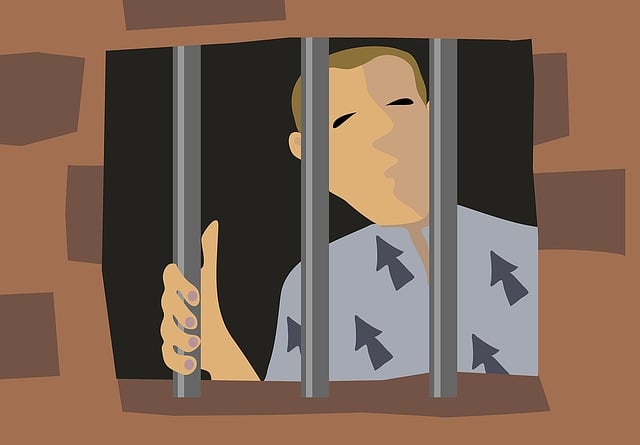Vehicle impoundment, mandated by DUI laws, is a strategic tool to disrupt high-risk reoffenders' patterns, particularly those with multiple DUI convictions. By temporarily seizing vehicles after arrests, authorities deter future offenses, encourage alternative transportation methods, and potentially reduce reoffending rates, thereby saving lives on the road and fostering accountability.
In an effort to break the cycle of reoffending, law enforcement agencies are turning to innovative strategies targeting high-risk offenders. This article explores two powerful tools: vehicle impoundment as a deterrent and the enhanced application of DUI laws for long-term impact. By examining these tactics in depth, we uncover how they disrupt criminal patterns and contribute to safer communities. Through a focus on Vehicle Impoundment and DUI Law, we highlight effective approaches to addressing recurring criminal behavior.
- Vehicle Impoundment: A Key Tool in Disrupting Reoffending Patterns
- DUI Law: Targeting High-Risk Offenders for Long-Term Impact
Vehicle Impoundment: A Key Tool in Disrupting Reoffending Patterns

Vehicle impoundment has emerged as a powerful tool in disrupting high-risk reoffenders’ patterns, especially those with a history of DUI (Driving Under the Influence). This strategy, often employed by law enforcement agencies, involves temporarily seizing a person’s vehicle after an arrest, which can have significant impacts on their ability to reoffend. By removing access to transportation, authorities can prevent repeat offenders from engaging in further illicit activities and escaping justice.
In many cases, DUI laws mandate impoundment as a standard procedure, ensuring that high-risk individuals are unable to drive while under investigation or after conviction. This measure not only serves as a deterrent but also facilitates the process of rehabilitation by forcing offenders to consider alternative means of transportation, potentially leading to more responsible behavior and reduced reoffending rates.
DUI Law: Targeting High-Risk Offenders for Long-Term Impact

In the ongoing battle against drunk driving, the focus has shifted to addressing the specific needs of high-risk reoffenders. These individuals, often with multiple DUI convictions, pose a significant threat to public safety. Targeting them through stringent application of DUI law, including enhanced penalties and vehicle impoundment, aims for a long-term impact. Such measures not only deter future offenses but also encourage participation in rehabilitation programs, offering a path towards breaking the cycle of reoffending.
By implementing stricter DUI laws, authorities can disrupt the pattern of repeat offenses. Vehicle impoundment serves as a powerful deterrent, removing access to cars during the critical period of recovery and rehabilitation. This strategy ensures that high-risk offenders face immediate consequences for their actions, potentially saving lives on the road and fostering a culture of accountability.
By employing strategic measures like vehicle impoundment and strengthening DUI laws, communities can effectively disrupt the reoffending cycle of high-risk individuals. These targeted approaches not only deter future crimes but also offer a chance for these individuals to turn their lives around. Integrating such initiatives into our justice system is vital in fostering safer neighborhoods and promoting rehabilitation.






